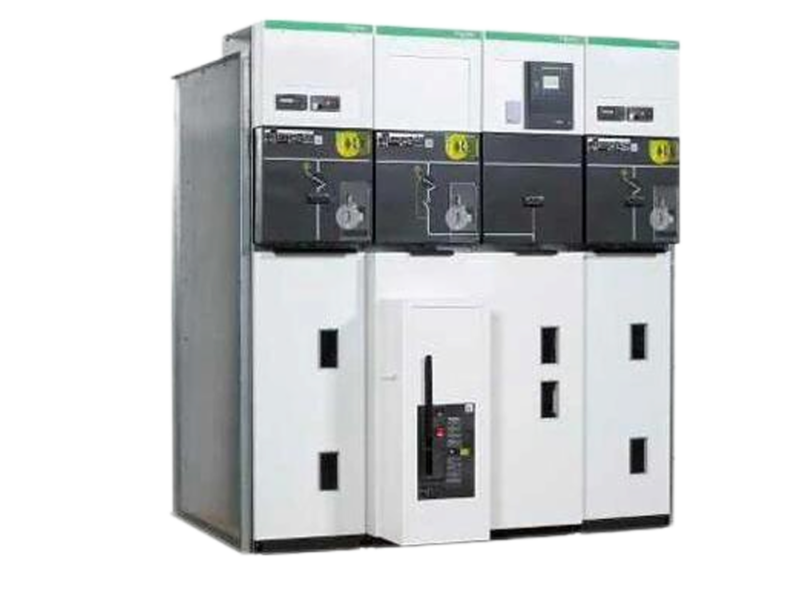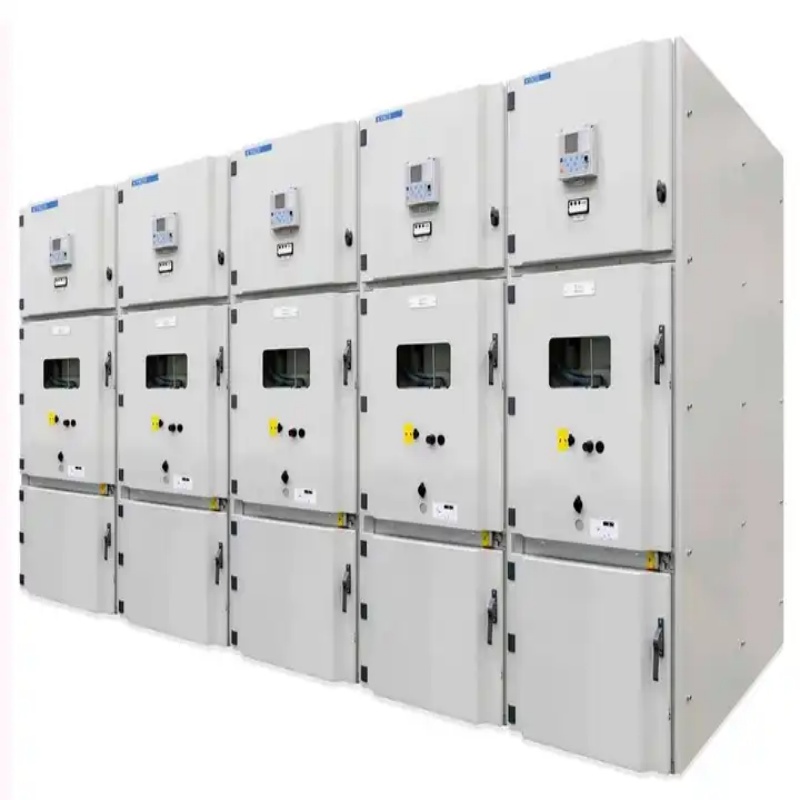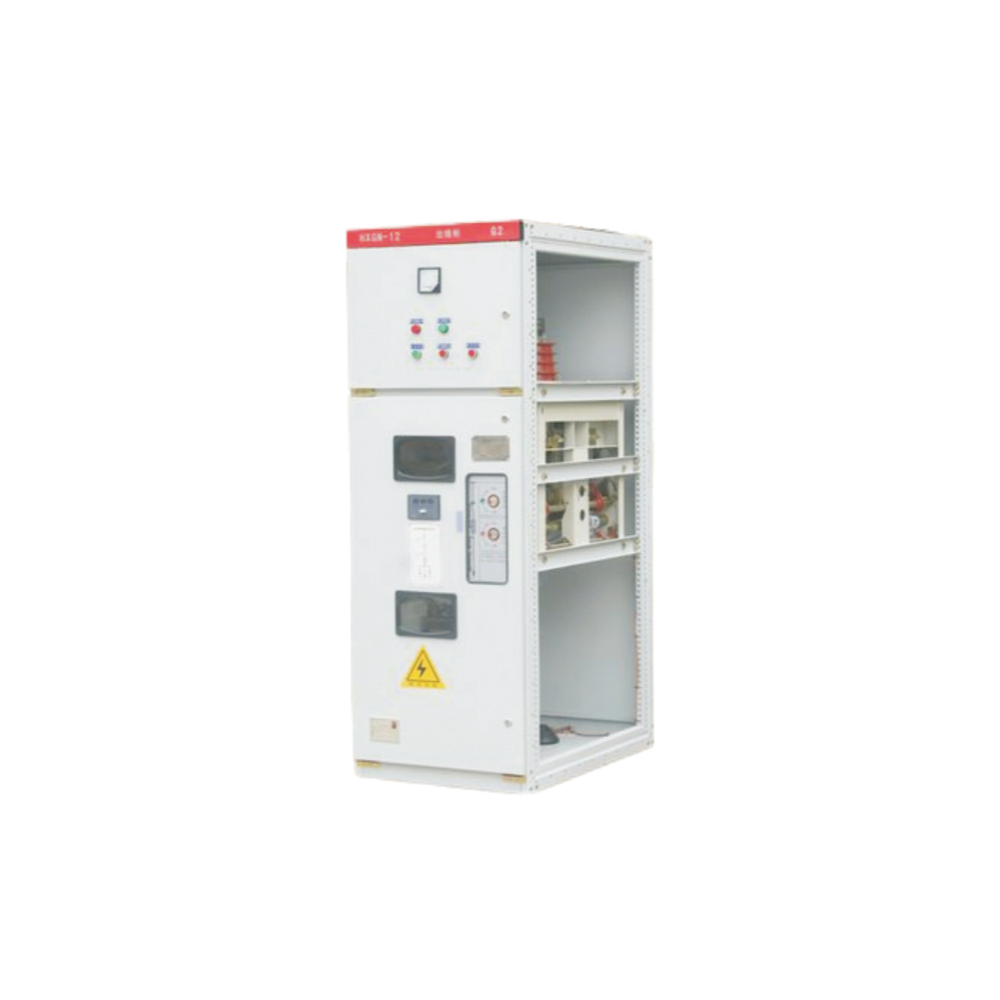
The Importance of the Five-Preventive Interlock in High Voltage Switchgear
High voltage switchgear is a critical component in electrical power systems, responsible for controlling and protecting electrical circuits, and quickly cutting off the current in case of faults to prevent equipment damage and power outages. Due to the high voltage and strong current involved in these devices, their safety directly impacts both the stability of equipment operation and the safety of operating personnel. To avoid human errors and accidents, a Five-Preventive Interlock (five safety measures) is implemented in high voltage switchgear to ensure safe operation. This article will provide a detailed explanation of the importance of the Five-Preventive Interlock in high voltage switchgear.
High Voltage Switchgear
High Voltage Switchgear:What is the Five-Preventive Interlock?
The Five-Preventive Interlock is a comprehensive safety measure adopted in the design and operation of high voltage switchgear to prevent errors during operation and ensure safety. Through these five safety measures, the interlock system effectively prevents accidents caused by human mistakes or equipment failure. The specific measures include:
- Preventing closure when the circuit is live: Ensures that the circuit is in a safe state before closing the switch, preventing any live switching.
- Preventing operation when live: Ensures that no operation can be performed when the switchgear is energized, avoiding accidental contact with live parts.
- Preventing incorrect operation: Through mechanical and electrical interlocks, prevents operators from performing operations under unsafe conditions, such as closing the switch or opening the cabinet door.
- Preventing incorrect cable insertion: Ensures that cables can only be inserted or removed when it is safe, preventing accidental operation while the system is live.
- Preventing incorrect door opening: Ensures that the switchgear door can only be opened when the equipment is de-energized, preventing accidental exposure to live parts.
-

Metal Clad Switchgear High Voltage Switchgear
The Importance of the Five-Preventive Interlock in High Voltage Switchgear
- Protecting Personnel Safety
High voltage switchgear operates with high voltage and current, and any error or improper operation can result in electric shocks or even explosions. The Five-Preventive Interlock is crucial in preventing such accidents. By preventing live operations, incorrect cable insertion, and improper door opening, the interlock system significantly reduces the risk of electric shock or electrical fires, ensuring the safety of operating personnel.
- Preventing Equipment Damage and System Failures
High voltage switchgear is an essential component in power systems, and any improper operation can cause equipment damage or even system failure. For example, performing a live switching operation or inserting cables incorrectly can lead to short circuits or electrical arcs, which could damage electrical equipment and disrupt the entire system. The Five-Preventive Interlock effectively prevents these issues, reducing the risk of equipment damage and ensuring the normal operation of the electrical system.
- Improving the Reliability and Stability of the Power System
The safety of high voltage switchgear directly impacts the overall reliability of the power system. By implementing the Five-Preventive Interlock, the switchgear operates under safe and controlled conditions, preventing any errors that could cause power outages or equipment failures. This improves the overall stability of the electrical system and reduces downtime and maintenance costs, thereby enhancing the efficiency of the entire system.
- Compliance with Safety Standards and Industry Regulations
According to relevant safety standards and regulations in the electrical industry, the design and operation of high voltage switchgear must meet strict safety requirements. The Five-Preventive Interlock is a key component in ensuring that these safety standards are met, preventing potential safety risks during operation. For example, in many countries, safety regulations for power facilities explicitly require that high voltage switchgear be equipped with such interlock systems, ensuring that power facilities are compliant with national and industry standards.
- Reducing Accidents and Lowering Maintenance Costs
By preventing errors and accidents, the Five-Preventive Interlock reduces the frequency of equipment failures and accidents. Fewer accidents mean less downtime and lower maintenance costs, improving the efficiency of power system operations. For instance, without the Five-Preventive Interlock, if an operator fails to follow proper procedures, it could cause equipment damage or even electrical fires, which would not only damage the equipment but also disrupt the surrounding power facilities. The Five-Preventive Interlock ensures the safety of equipment and reduces the risk of cascading failures, helping power companies save on repair and replacement costs.

Practical Applications of the Five-Preventive Interlock:High Voltage Switchgear
In practical applications, the Five-Preventive Interlock system is widely used in the high voltage switchgear of various electrical facilities. Specifically, the interlock system includes the following design aspects:
-
Mechanical Interlocks: Through physical design, components such as doors, switches, and plugs can only be operated in safe conditions. For example, the cabinet door can only be opened when the equipment is de-energized, or the switch can only be closed after the current is cut off.
-
Electrical Interlocks: Electrical control circuits prevent incorrect operations, ensuring that no operations can be performed when the equipment is energized. For instance, when live, the control system automatically disables the operation signals, ensuring that no switches can be operated.
-
Automatic Monitoring and Alarm Systems: Modern high voltage switchgear is equipped with automatic monitoring and alarm systems that can monitor the equipment’s operating status in real-time. If an anomaly occurs, the system immediately sends out an alert, prompting operators to take appropriate actions.
-
Remote Control and Monitoring: With the development of smart grids and automation technologies, the Five-Preventive Interlock is integrated with remote control and monitoring systems, allowing remote operators to control and monitor the equipment status in a safe environment, enhancing the flexibility and safety of the system.
Conclusion
As a critical component of the power system, the safety of high voltage switchgear is of paramount importance. The implementation of the Five-Preventive Interlock ensures the safety of operating personnel, reduces equipment damage, and improves the reliability and stability of the electrical system. Through multiple safety measures, the interlock system not only complies with industry safety standards but also reduces the occurrence of accidents, lowers maintenance costs, and increases operational efficiency. In the future, the Five-Preventive Interlock will continue to play an essential role in ensuring the safe and stable operation of electrical power facilities and will be the cornerstone of a reliable and safe electrical power system.
